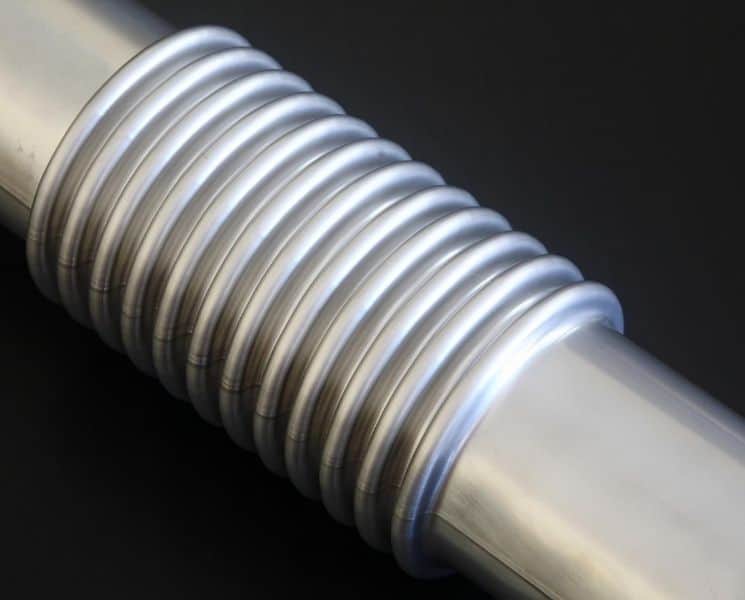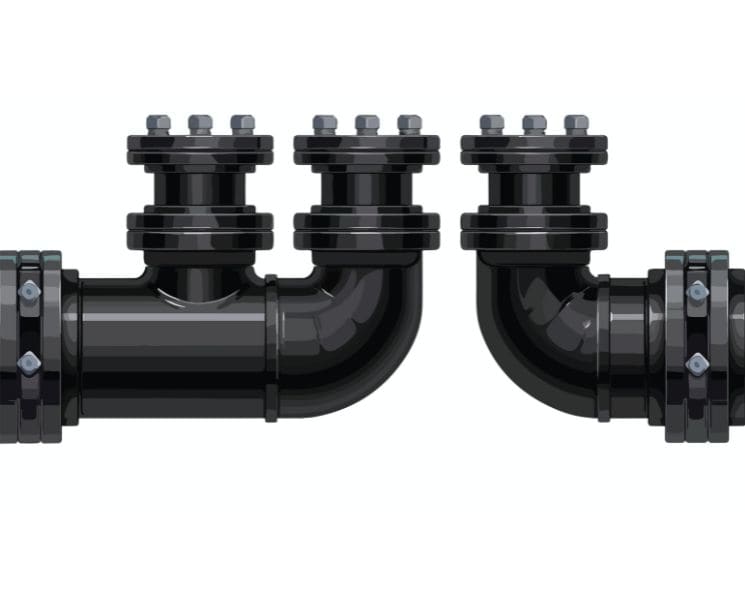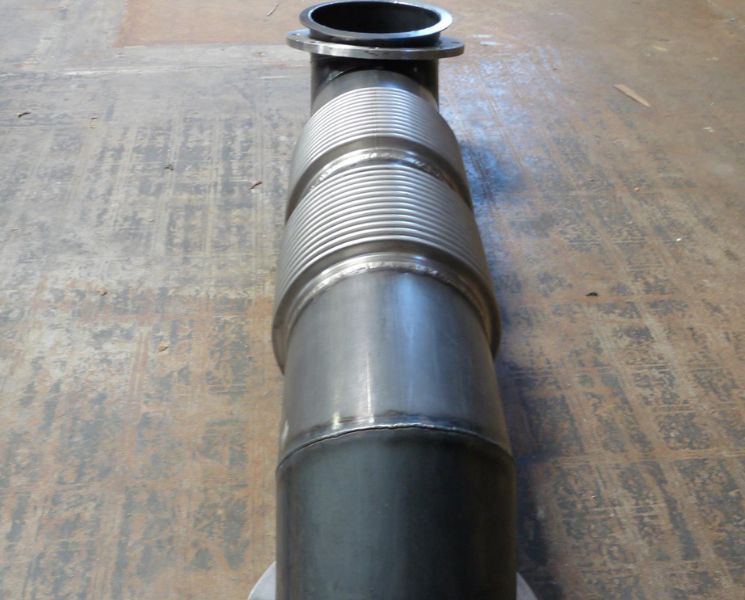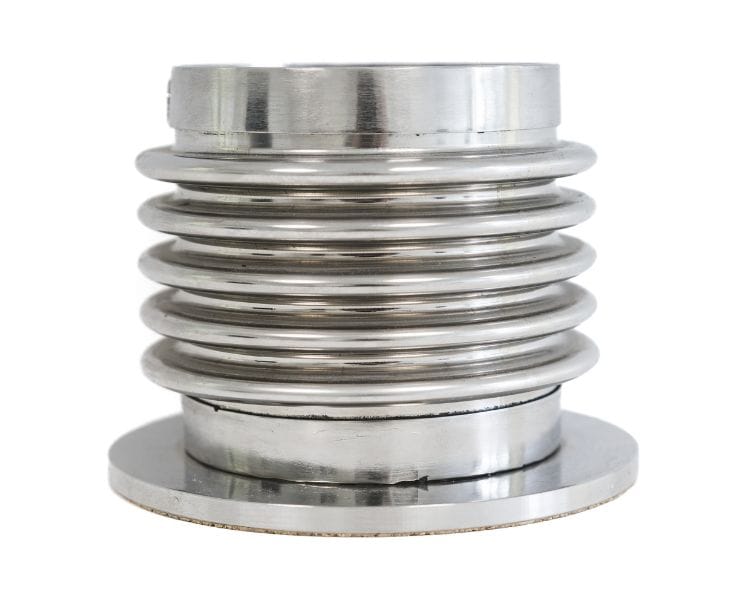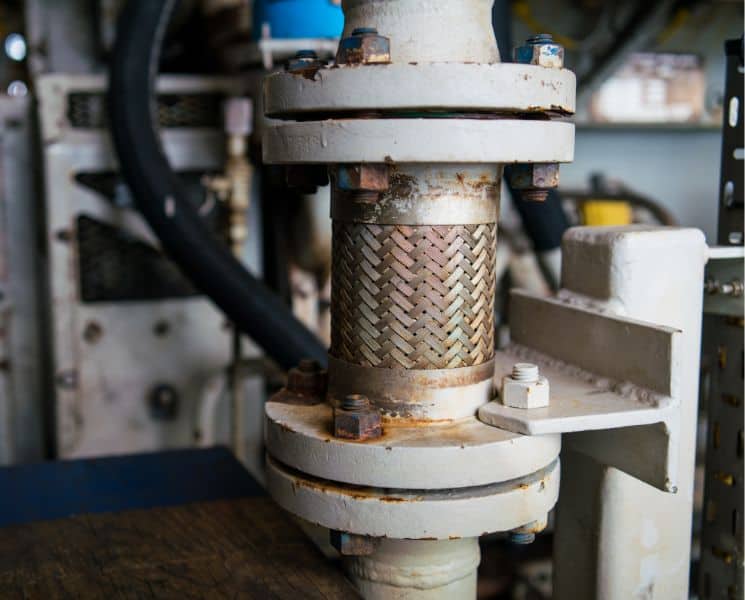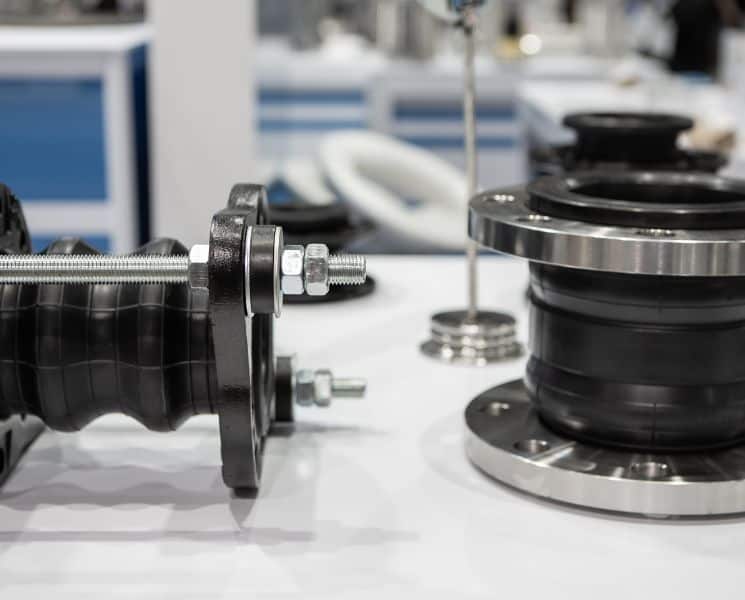Bellows are thin, convoluted sections of metal that provide a solid yet flexible section of piping that adjusts as internal temperature and pressure conditions change. They hold up for thousands of cycles despite their slight appearance because of sound construction. Read on to learn about the various manufacturing methods of metal bellows that companies employ.
Hydroforming
To begin, hydroforming is one such method. The hydroforming starts with the creation of a mold in the desired bellows shape. Once set, the mold goes into a chamber that engineers can seal. Then they place a sheet of metal into the chamber, close off each end, and fill the remaining space with water. As water enters, the pressure rises and pushes the metal sheet against the mold until it mirrors this shape.
This method is generally effective at producing irregular forms and is effective in bellows production. Plus, it’s simple to enact this process with the same mold over and over again.
Punch Forming
Another manufacturing method of metal bellows is punch forming. This alternative involves utilizing an expanding mandrel-forming machine to punch out convolutions from the inside of a cylindrical metal tube.
Roll Forming
Coming at it from a different angle, roll forming employs a machine that rolls each convolution to a preset diameter from the outside. This is a common method that excels when you need small, custom designs.
Cold Forming
Last on our list is cold forming. Cold forming is a room-temperature process throughout which bellows change in quality, becoming tougher and harder. It occurs in several stages and involves no cutting or welding. Rather, machines press bellows into various dies until they reach a completed stage.
All of these manufacturing methods have their specific pros and cons, depending on the client’s industry.
For answers to your questions about bellows or expansion joints as a whole, contact Triad Bellows. You can also get in touch for information on our stainless steel bellows or other products and services.

